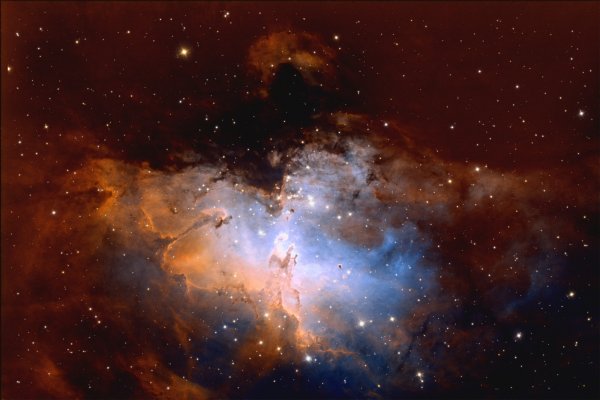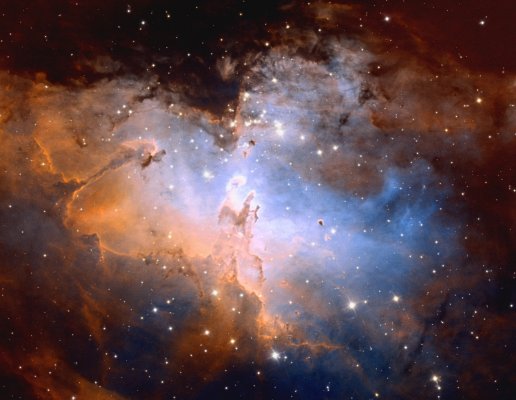Phosphorus had been found on Enceladus a moon of Saturn. It’s the missing ingredient needed for life to form on that moon.
https://www.wsj.com/articles/saturn-moon-enceladus-life-b9d53f97?page=1
“Now, that final seed of life has been detected among icy particles orbiting Saturn that originated from Enceladus’s ocean plumes, researchers reported in a study published Wednesday in the journal Nature. The finding underscores how ocean worlds like Enceladus in the outer solar system are among the best places to search for life in our planetary neighborhood.
Up until this point, scientists had evidence that Enceladus contained five of the six essential elements—it had carbon, hydrogen, nitrogen, oxygen and sulfur, “
“One of Cassini’s instruments, the Cosmic Dust Analyzer, recorded the composition of individual, tiny ice grains that the spacecraft encountered as it passed through the E ring and Enceladus’s plumes.”
“The researchers did follow-up experiments based on the new findings to simulate conditions in Enceladus’s ocean—which is colder, slightly less salty, and much deeper than our own. They suggest the moon’s ocean contains at least 100 times as much phosphorus as oceans on Earth. Postberg said that is because most of the phosphorus on our planet is locked away in rocks and minerals where it can’t be used, whereas the chemistry of Enceladus’s ocean enables the element to dissolve in the water, where it is then accessible by potential life.
He added that the new results suggest similar chemistry conditions are present in the waters of other ocean moons in the solar system beyond Jupiter, such as Saturn’s moon Titan or Neptune’s moon Triton—meaning such worlds should have dissolved phosphorus in their oceans too.”


